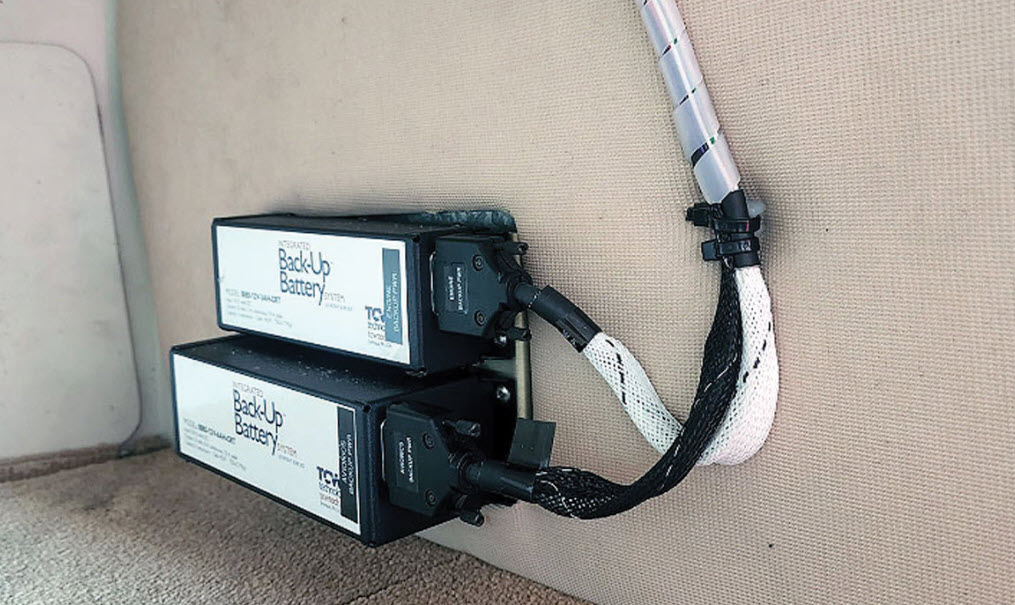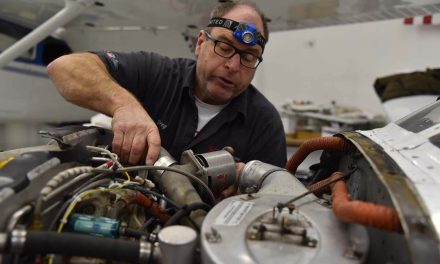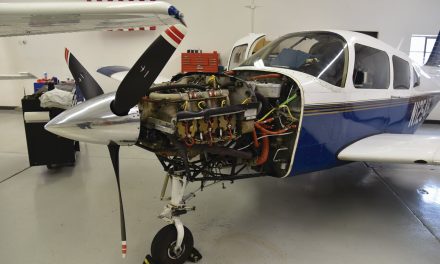This is the second of two parts. The first part, which ran in the August 2022 issue, detailed the interior and exterior restoration of Fred Fischer’s 1976 PA-32R-300 Lance. This month, we look at one of the first installations worldwide of the newly STCed Electroair dual-ignition system.
Fred Fischer spared little expense when upgrading and updating his 1976 Piper Lance. And while many plane owners would argue in favor of one electronic ignition, with a magneto backup, that isn’t an option on his Lance, because of its single-drive mag. So when Electroair announced it had received an STC to install dual electronic ignition and replace both magnetos, Fischer became one of its first customers.
The rest of this article can be seen only by paid members who are logged in.Have a website login already? Log in and start reading now.
Never created a website login before? Find your Customer Number (it’s on your mailing label) and register here.
JOIN HERE
Still have questions? Contact us here.





